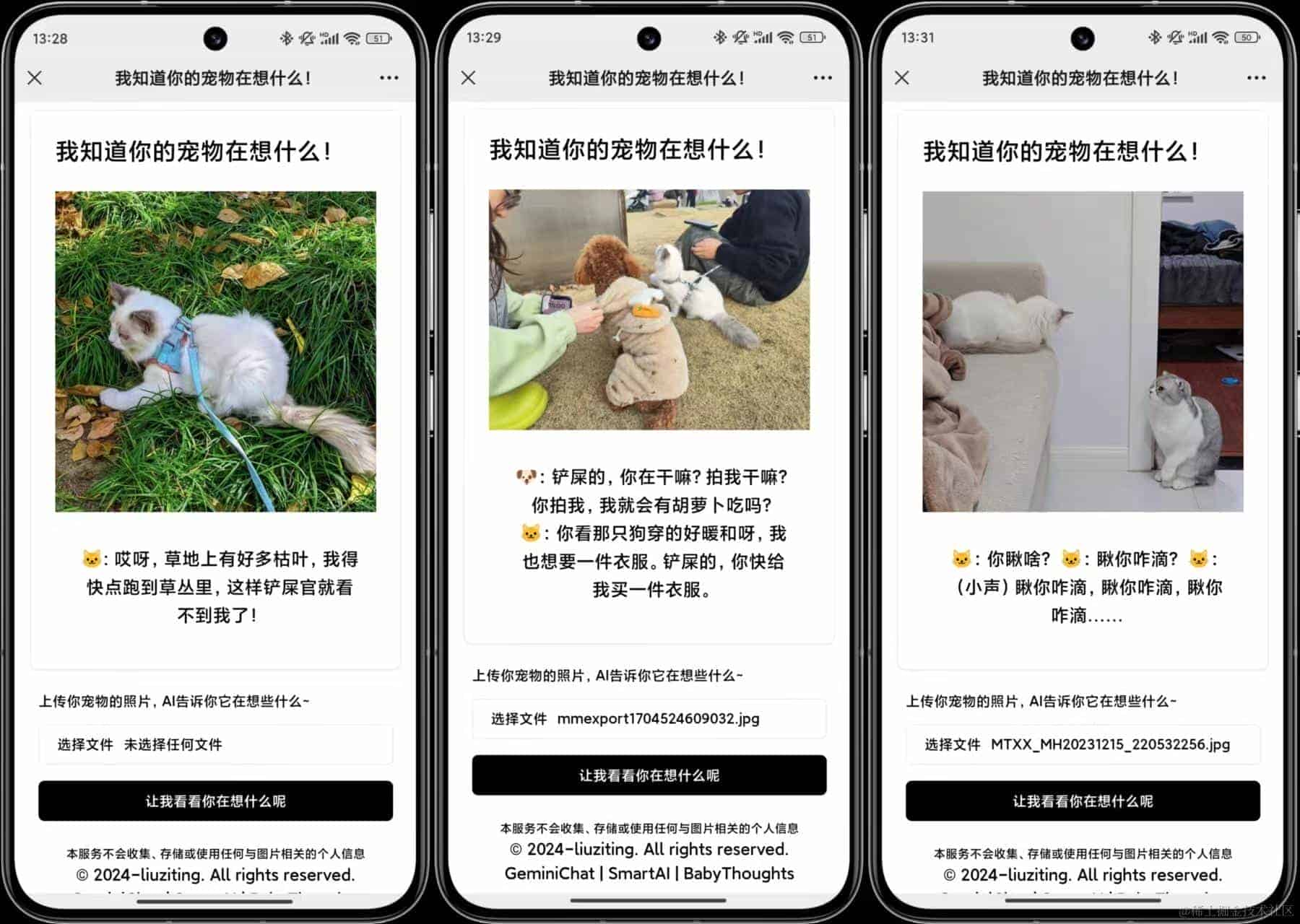返回
Vue创建组件方法解密
前端
2024-01-07 22:26:58
Vue创建组件的方法
在Vue中,创建组件有以下几种方式:
- 通过标签创建组件
这种方法是最简单也是最常用的方法。只需在HTML中创建自定义标签,并将其映射到一个Vue组件即可。例如:
<template>
<div>
<h1>{{ title }}</h1>
<p>{{ content }}</p>
</div>
</template>
<script>
export default {
data() {
return {
title: 'My Component',
content: 'This is a Vue component.'
}
}
}
</script>
然后,您可以在其他组件中使用这个组件,就像使用内置的HTML元素一样。
- 通过new Vue()创建组件
这种方法可以更细粒度地控制组件的行为。您可以直接new一个Vue实例,并将其作为组件使用。例如:
const MyComponent = new Vue({
data() {
return {
title: 'My Component',
content: 'This is a Vue component.'
}
}
})
然后,您可以在其他组件中使用这个组件,就像使用普通JavaScript对象一样。
- 通过extend()创建组件
这种方法可以更方便地创建组件继承关系。您可以使用Vue.extend()方法来创建一个子组件,并继承父组件的属性和方法。例如:
const ParentComponent = Vue.extend({
data() {
return {
title: 'Parent Component'
}
}
})
const ChildComponent = ParentComponent.extend({
data() {
return {
content: 'This is a child component.'
}
}
})
然后,您可以在其他组件中使用这两个组件,就像使用普通Vue组件一样。
- 通过动态组件创建组件
这种方法可以更动态地创建组件。您可以使用Vue的is属性来动态地指定组件的类型。例如:
<template>
<component :is="componentType"></component>
</template>
<script>
export default {
data() {
return {
componentType: 'MyComponent'
}
}
}
</script>
然后,您可以在其他组件中使用这个组件,就像使用普通Vue组件一样。
组件生命周期
在Vue中,组件有以下几个生命周期钩子函数:
- beforeCreate :在组件创建之前被调用。
- created :在组件创建之后被调用。
- beforeMount :在组件挂载之前被调用。
- mounted :在组件挂载之后被调用。
- beforeUpdate :在组件更新之前被调用。
- updated :在组件更新之后被调用。
- beforeDestroy :在组件销毁之前被调用。




